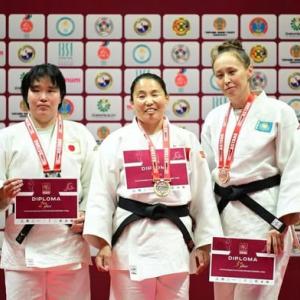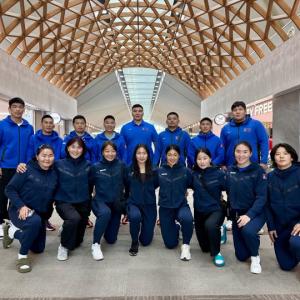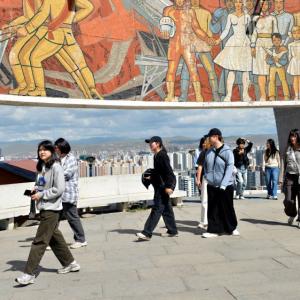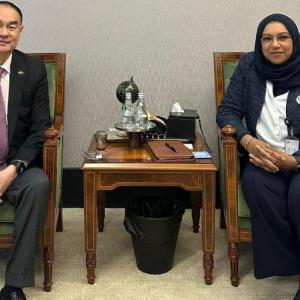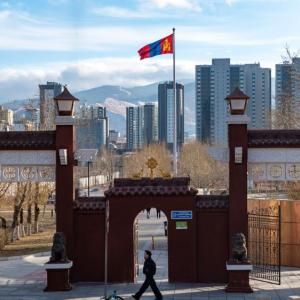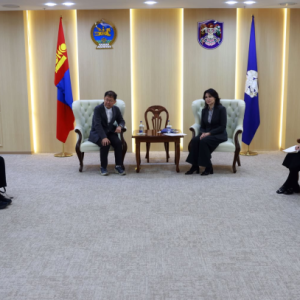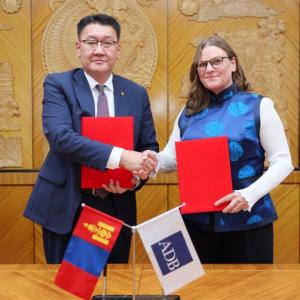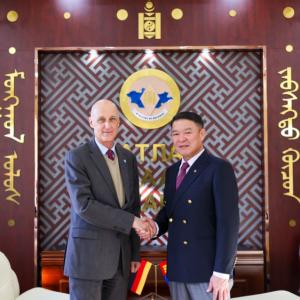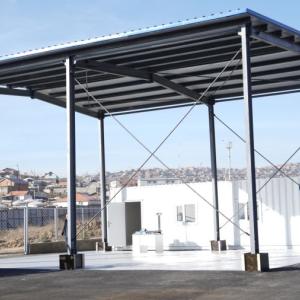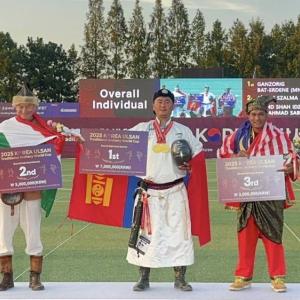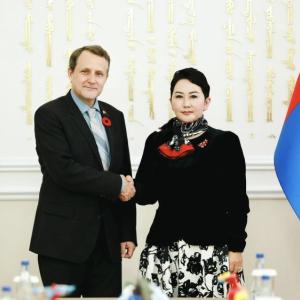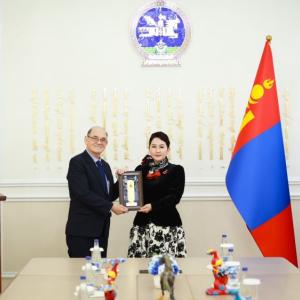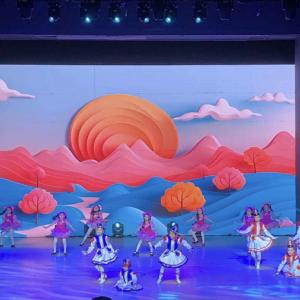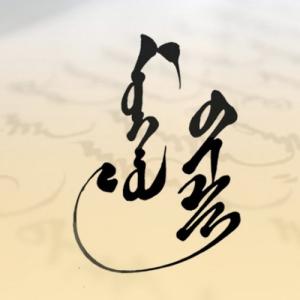Collection of the National Museum of Mongolia: Noyon Khult Deel
Art & Culture
Ulaanbaatar /MONTSAME/. One of the precious artifacts being kept in the collection of the National Museum of Mongolia is this noyon khult deel made with silk brocade from the 17th to early 20th century.
The rule of the Qing dynasty in countries such as modern-day Mongolia and China resulted in the spread of certain features of their ethnic clothing in citizens from the 17th century. Various types of garments were worn during the time – from formal clothing worn by huangdi, princes, princesses, and high-ranking nobility to those worn by commoners. Similarly to how the formal clothing worn by nobility was decided, the clothing for Mongol noblemen and officials also varied according to their ranks. During the period, a key feature that determined the rank of nobles was the depiction of dragons. The style that was introduced to Mongolia was rather different compared to the style that spread throughout China during the dynasty’s rule.
Despite having certain similarities with traditional Manchu clothing, a certain legislation was established on clothing as Mongols began to rule over ancient Chinese territory, which kept the style and features of traditional clothes. The only type of clothing that went through quite a bit of change as according to Manchu customs were the garments worn by nobility and officials.
From the time of the Bogd Khanate of Mongolia, the formal clothing worn by nobility, officials, and monks as well as military uniforms in Outer Mongolia were specifically settled to be according to the legislation established through the Bogd Khan’s decree. During this period, the symbols, features, and items that differentiated the ranks of nobility and officials became greatly different from the time of being under the rule of Manchu, creating a new style of formal clothing for monks and officials. The ranks of nobles and statesmen that wore the clothing can be told apart from their headgear and its accessories (precious stone, feather etc.) as well as the symbol depicted on the front, back and two shoulders of their coats.
 Ulaanbaatar
Ulaanbaatar


















